More than two years into the invasion of Ukraine, the true condition of the Russian military is becoming increasingly clear.
When President Vladimir Putin first sent troops across the border, he likely didn’t anticipate the prolonged conflict that has since unfolded.
Instead of a swift victory, Russia has found itself mired in a drawn-out war, exposing significant weaknesses within its once formidable military. Here’s a closer look at the current condition of Russia’s armed forces and the challenges they face.
Putin’s initial plan for a quick takeover of Ukraine has not gone as expected. Ukrainian forces, with strong international support, have managed to resist and push back against Russian advances, turning what was supposed to be a matter of days into a conflict now spanning over two years. This resilience has forced Russia into a prolonged and costly engagement, revealing cracks in its military’s armour.
This article is the opinion of the author and not necessarily that of the UK Defence Journal. If you would like to submit your own article on this topic or any other, please see our submission guidelines.
Despite predictions from Western intelligence that it would take years for Russia to bounce back from its initial losses, the country has shown a surprising ability to regain some strength. This recovery has come at a massive financial cost, with Russia dedicating 7% of its GDP to defence in 2024—about $140 billion. Over the next three years, military spending is expected to top $400 billion, reflecting Russia’s determination to sustain its war efforts.
Recruitment Challenges and Heavy Losses
To replenish its forces, Russia has been rapidly increasing its troop numbers. In 2022, 300,000 new soldiers were enlisted, with plans for another 300,000 by mid-2024. However, this rush to bolster ranks comes at a price. Many new recruits are poorly trained and lack the experience of veteran soldiers.
Russia has also employed controversial recruitment methods, including drafting foreign nationals, prisoners, and mercenaries from groups like the Wagner Group. These practices raise serious questions about the long-term effectiveness and morale of these troops.
The war has inflicted heavy losses on Russia’s military. By the end of 2023, nearly 90% of the pre-war troops had been lost, with estimates of 120,000 killed and 200,000 wounded. Equipment losses have been equally severe, with thousands of tanks, infantry fighting vehicles, and artillery pieces destroyed. In response, Russia has reactivated many outdated Soviet-era tanks and artillery pieces, highlighting the desperate need to replenish its arsenal.
Foreign Support and Domestic Production
To address equipment shortages, Russia has turned to international allies such as North Korea, Iran, and China for military supplies. These countries have provided artillery shells, drones, and various components essential for maintaining Russia’s war effort. Domestically, the Russian defence industry is under immense pressure to ramp up production, often relying on stockpiles and refurbishing old equipment.
This approach, while helpful in the short term, raises concerns about the reliability and effectiveness of these military assets.
Russia’s air force remains substantial but has suffered significant losses in 2024, including jets and helicopters. The reliance on Iranian drones for attack missions further underscores gaps in Russia’s domestic capabilities.
Similarly, the Russian navy, despite its size, has faced setbacks, particularly in the Black Sea, where Ukrainian forces have significantly hampered Russian naval operations.
Leadership Changes and Strategic Shifts
The war has prompted notable changes in Russia’s military leadership. High-ranking officials, including Admiral Nikolai Yevmenov and Defence Minister Sergei Shoigu, have been dismissed, reflecting internal dissatisfaction and attempts to revitalise the military command structure.
These leadership changes highlight ongoing challenges and the Kremlin’s struggle to maintain effective military operations.
An Uncertain Future
Despite massive investments and efforts to project strength, the future of the Russian military is uncertain. The focus on rapidly increasing troop numbers and relying on outdated equipment may offer short-term gains but poses significant long-term risks.
Predictions suggest that by 2026, Russia may face severe challenges in maintaining its combat power and effectiveness due to resource depletion and unsustainable practices.
The Russian military, once seen as a global powerhouse, now faces a precarious future. The war in Ukraine has exposed critical vulnerabilities, from heavy human and equipment losses to reliance on foreign support and controversial recruitment practices. While Russia has shown resilience and the capacity for rapid recovery, the long-term sustainability of its military efforts is highly questionable.
As the conflict continues, the true state of the Russian armed forces will likely become more apparent, revealing whether Russia can sustain its aggressive stance or if its military might will ultimately crumble under the weight of its own strategies.
We aim to deliver accurate and timely news on defence matters at the UK Defence Journal. We rely on the support of readers like you to maintain our independence and high-quality journalism. Please consider making a one-off donation to help us continue our work. Click here to donate. Thank you for your support!
To sign up for our newsletter, click here


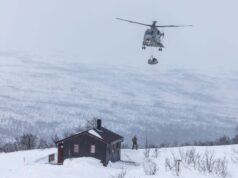

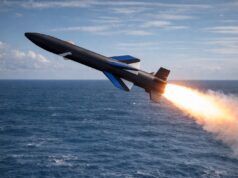
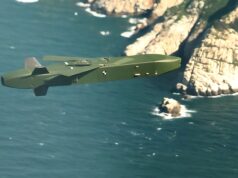


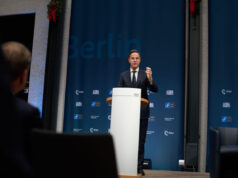
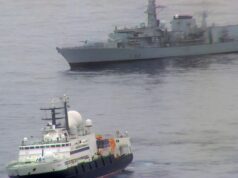
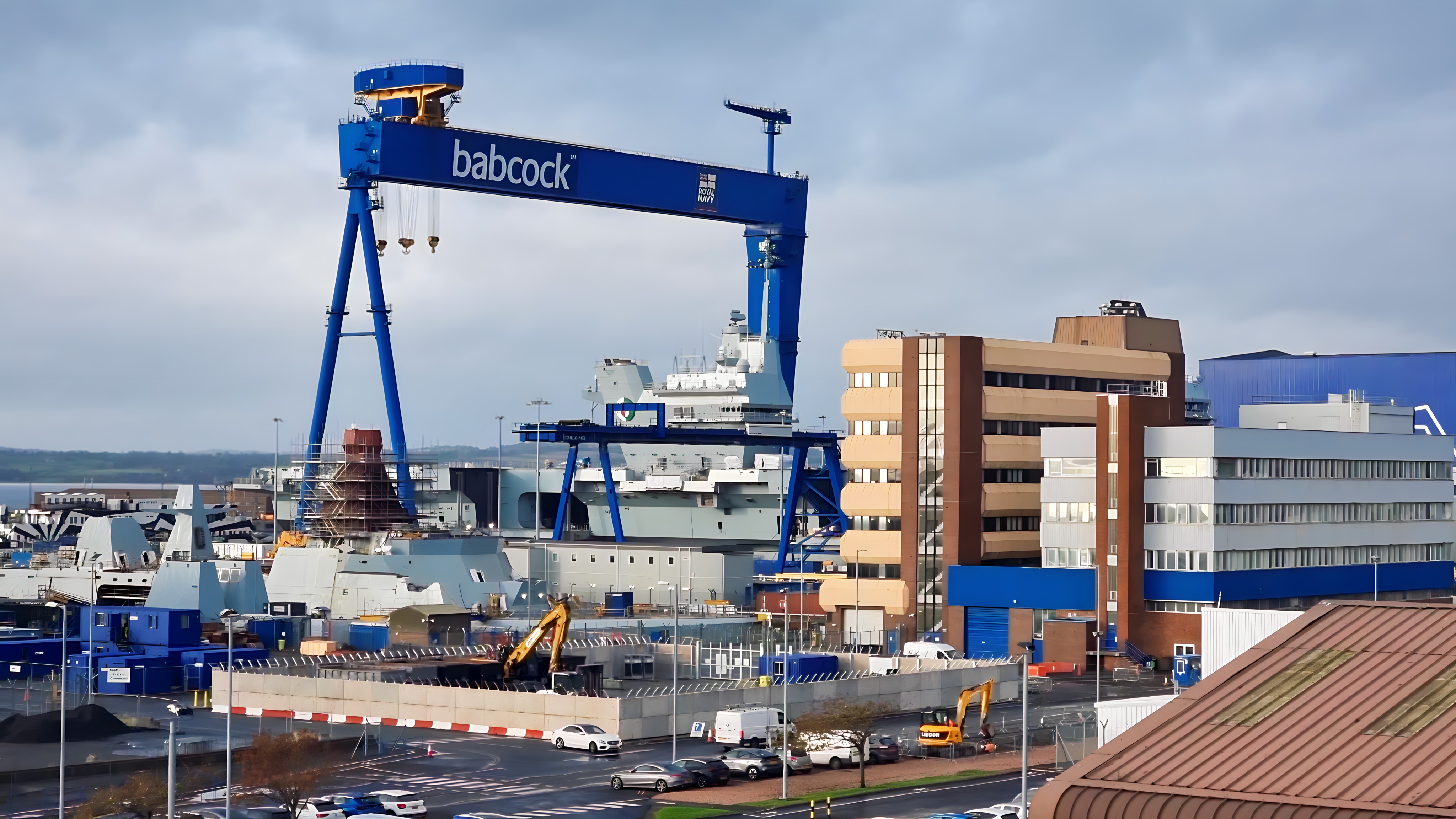
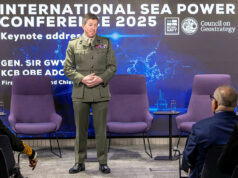

90% of pre-war troops being casualties is a massive figure, are we confident its correct? I wonder if this is a case of the casualty figures simply being compared to the pre-war troop strength.
If it is the case, the Russian army is done. You don’t lose and replace almost your entire force and maintain anywhere close to the same culture.
Various sources suggest Russian casualties to date in the area of half a million. Exact figures for pre-war strength are hard to come by but appear to be rather less than half a million, which I’d have thought makes the statistic plausible. Of course they could have been calling up new recruits and sending them straight into the grinder to preserve their experienced troops. Who knows?
It’s definitely not from their full strength. As there are still large forces in Eastern Russia. They have recently conducted exercises again with Belarus. I’m not sure if these were raw recruits though. I think they’d probably be experienced, as they wouldn’t want to loose face in front of their Belarussian allies. They still have a pretty large marine contingent supporting their Northern Fleet. Which were recently seen conducting exercises in the White Sea.
I have a feeling we will only truly find out in 10 years or so.
Definitely new troops. Pre-2023 the Russian armed forces had issues deploying their conscripts to Ukraine because it wasn’t a War. That meant that the overwhelming number of casualties where borne by the pre-war professional Russian Army.
Also just because there officially is a large Marine Contingent supporting the Northern Fleet doesn’t mean they are there in force, much of the Siberian Marine force was destroyed in a clusterfuck at Vulhedar.
Remember that the Professional Russian Army pre-War was not that large. As Ian said their overall strenght was about half a million, but a lot of them would have been conscripts. The full time Russian Army was only about 3-400,000 men.
Ignoring manpower ivan cannot build new land war kit. It is refurbing old, old kit. Who had T62s and T55s on their front line vehicle recognition bingo cards! BMP1, BTR60s are also of the same era and being used because everything else is gone. Arty, MLRS and logs trucks are 1960s era systems replacing all of the losses. Accounts of a +30% failure rate on North Korean shells and mortars has been widely reported. Thats not failure to hit the target and go boom…that’s a +30% failure to actually leave the barrel correctly !
Some new kit is still around but thats held back for the other borders and areas that need looking after. Siberia, the southern areas and now the far north with Finland a couple of days march from St Petersburg.
ivan hasn’t built a large warship for decades. It can only build subs and 4500 ton frigates. The subs are taking 13 + Years from keel laying to coming into service. The frigates are built in St Petersburg which is in the new NATO Baltic boating lake…